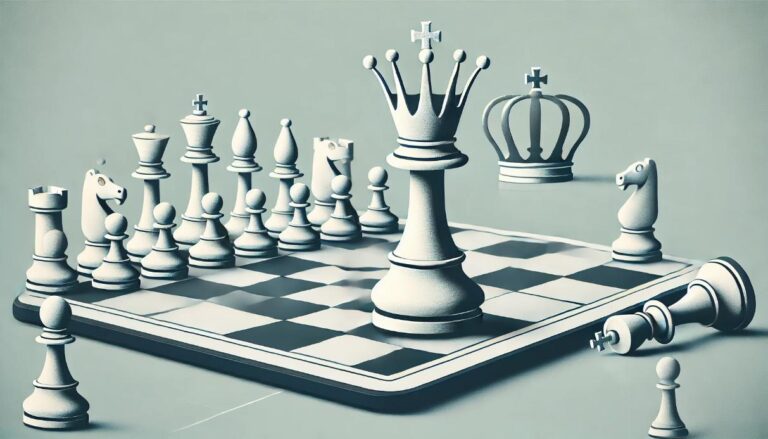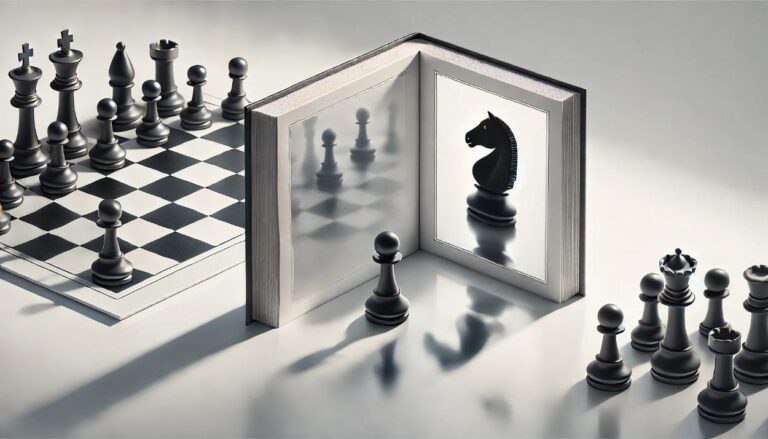The Evolution of Chess Boards
Chess is a timeless game that has been played for centuries. Over time, the physical chess board has undergone numerous developments, with the current state being the electronic chess board. The traditional chess board consists of 64 alternating light and dark squares, while the electronic chess board also includes technology such as sensors, LED lights, and a computer interface. These advancements have revolutionized the game of chess and have greatly impacted its role in learning. In this section, we will explore the evolution of chess boards and how electronic chess boards have significantly contributed to the learning aspect of the game.
Advantages of Electronic Chess Boards in Learning
Electronic chess boards have brought significant changes to the learning environment. Firstly, electronic chess boards have made it possible to play chess remotely with anyone in the world, making the game more accessible and inclusive. This allows students to learn from opponents from different backgrounds and skill levels, enhancing their learning experience. Furthermore, the use of an electronic chess board allows for faster and more accurate notation of moves, enabling students to review and analyze their games more effectively. This aspect of electronic chess boards has been particularly beneficial in competitive chess, where players can quickly analyze their opponents´ moves for better strategic planning.
Another advantage of electronic chess boards in learning is their ability to provide instant feedback. In traditional chess, players have to manually move the pieces and keep track of their own moves. With electronic chess boards, the computer records the moves, allowing immediate correction of any mistakes made. This immediate feedback enables students to identify and correct their mistakes quickly, leading to a more efficient learning process. Additionally, electronic chess boards have a built-in feature that allows players to undo moves, giving learners the opportunity to experiment and try out different strategies without fear of making irreversible mistakes.
Enhanced Learning Experience
Electronic chess boards have significantly enhanced the learning experience for students. One way they do this is by providing a visual representation of the board and pieces. In traditional chess, students may struggle to see the board from a far distance, leading to confusion and errors. However, electronic chess boards have LED lights that indicate the positions of the pieces, making it easier for students to visualize and plan their next moves. This visual aspect of electronic chess boards has proven to be particularly helpful for students with learning difficulties or visual impairments, making the game more inclusive.
Furthermore, electronic chess boards have the ability to suggest moves and offer analysis during gameplay. This feature is especially useful for beginners as it teaches them the reasoning behind certain moves and helps them understand the game´s strategies. It also allows students to experiment with different moves and see the computer´s analysis, providing an opportunity for a more dynamic and interactive learning experience.
The Future of Electronic Chess Boards
With the continuous advancements in technology, the future of electronic chess boards looks promising. One of the most exciting developments in this area is the use of artificial intelligence (AI) in electronic chess boards. AI-powered electronic chess boards have the ability to analyze positions and make recommendations based on past games played by top players. This feature not only improves the learning experience but also makes the game more challenging and engaging.
Moreover, the integration of virtual reality (VR) in electronic chess boards is another area that has the potential to enhance the learning process. VR technology would allow students to play games in a simulated 3D environment, improving their spatial awareness and strategic thinking skills. This feature could also make chess more appealing to younger generations, increasing its popularity and impact on learning.
In conclusion, electronic chess boards have transformed the game of chess and significantly impacted its role in learning. The accessibility, instant feedback, enhanced learning experience, and potential for future developments make electronic chess boards an invaluable tool for students of all ages and skill levels. As we continue to see advancements in technology, the role of electronic chess boards in learning will only continue to grow, making chess an even more valuable educational tool.


